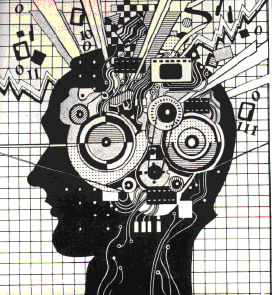The Princeton Engineering Anomalies Research (PEAR) program was established at Princeton University in 1979 by Robert G. Jahn, then Dean of the School of Engineering and Applied Science, to pursue rigorous scientific study of the interaction of human consciousness with physical devices, systems, and processes common to contemporary engineering practice. Its methods were controversial and at the end of February 2007, it closed its doors.
The work of the PEAR lab has also continued at the International Consciousness Research Laboratories (ICRL).
Some of the PEAR/ICRL research projects:
Mind-Matter Mapping Project
From MindMatterMapping.org
Almost a century after the quantum mechanics revolution, the nonlocality and measurement problems loom as intractable as ever. At the boundary between matter and consciousness, our experimental models seem to break down: what the mathematics imply, we can’t grasp; and what we can guess, we can’t fit into our common experience. Or can we?
Quantum Entanglement and Information
From Wikipedia
Quantum entanglement is a form of quantum superposition. When a measurement is made and it causes one member of such a pair to take on a definite value (e.g., clockwise spin), the other member of this entangled pair will at any subsequent time[7] be found to have taken the appropriately correlated value (e.g., counterclockwise spin). Thus, there is a correlation between the results of measurements performed on entangled pairs, and this correlation is observed even though the entangled pair may have been separated by arbitrarily large distances.
From The Journal of Nonlocality:
The Journal of Nonlocality is an electronic open access publication focused on new experimental approaches to the problems of quantum measurement and nonlocality. Aiming to connect empirical findings and research models across several disciplines (quantum mechanics, consciousness research and biophysics), we hope to create a platform for the development of new insights and innovative experimental protocols at the boundary between mainstream and exploratory science.





